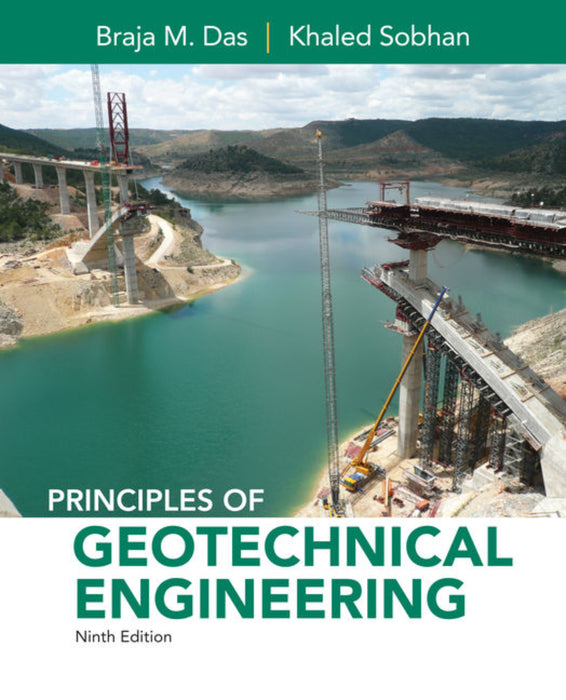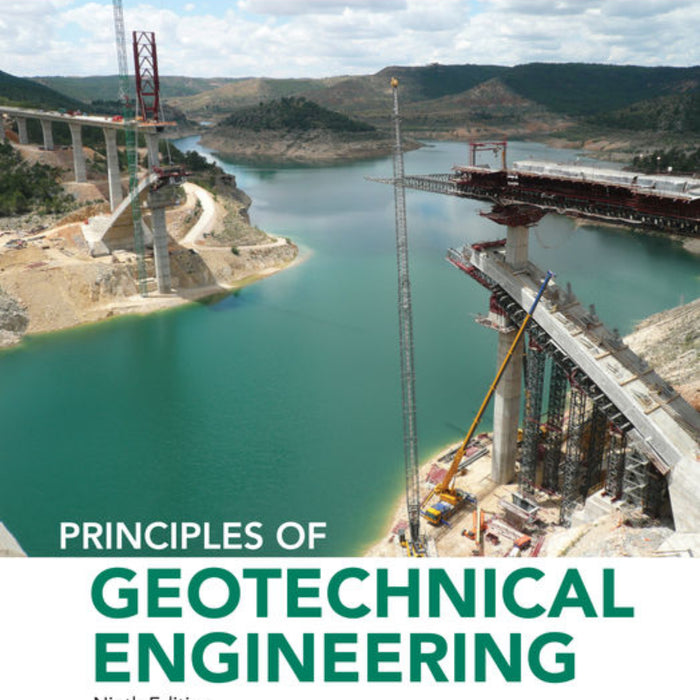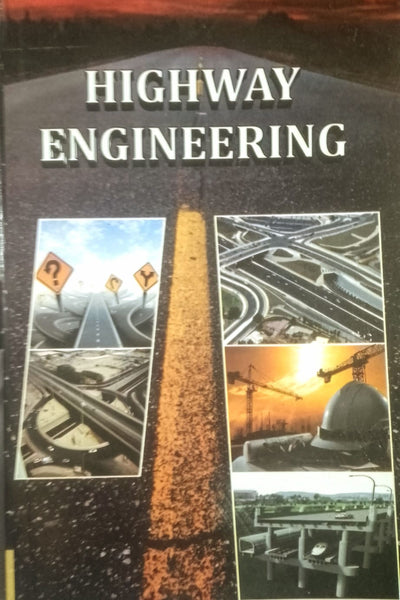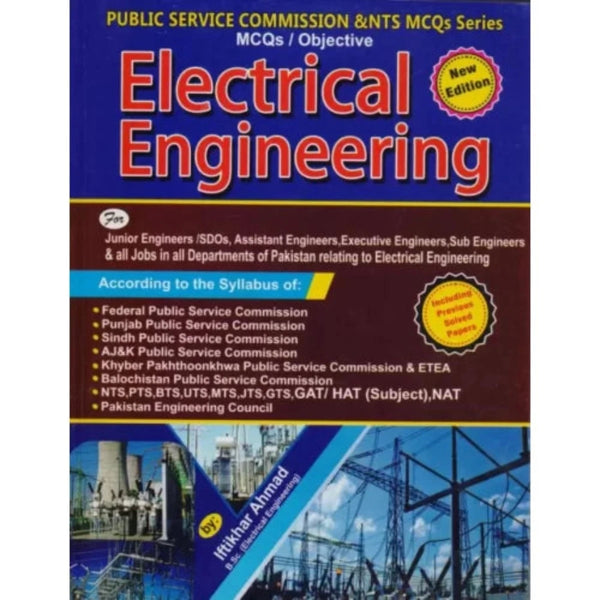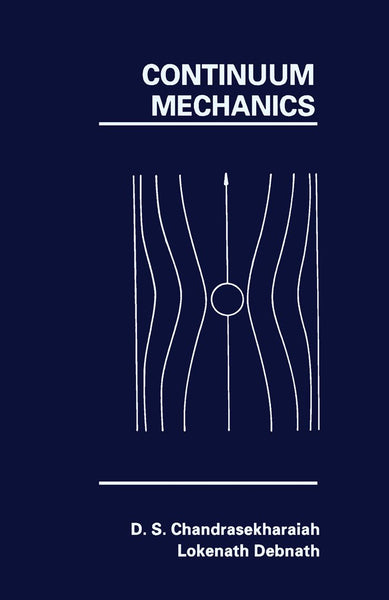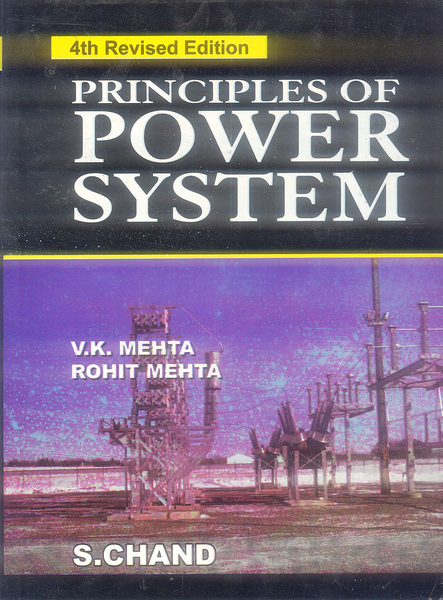Principles of Geotechnical Engineering 9th Edition
- Publisher: ENGINEERING
- Availability: In Stock
- SKU: 58551
- Number of Pages: 845
Rs.1,740.00
Rs.2,295.00
Tags: 9th Edition , Bearing Capacity , best books , Best Price , Best Selling Books , Braja M. Das , Consolidation , Deep Foundations , Earth Pressure , Foundation Engineering , Geotechnical Analysis , Geotechnical Design , Geotechnical Engineering , Geotechnical Investigations , Ground Improvement , Khaled Sobhan , ONLINE BOOKS , Online Bookshop , Pavement Design , Principles of Geotechnical Engineering , Principles of Geotechnical Engineering 9th Edition , Retaining Structures , Rock Mechanics , Settlement Analysis , Shallow Foundations , Shear Strength , Site Characterization , Slope Stability , Soil Classification , Soil Compaction , Soil Mechanics , Soil Permeability , Soil Properties , Soil Testing
Principles of Geotechnical Engineering (9th Edition)
Authors: Braja M. Das, Khaled Sobhan
Introduction
The 9th edition of Principles of Geotechnical Engineering by Braja M. Das and Khaled Sobhan is a widely acclaimed textbook that provides a comprehensive introduction to soil mechanics and geotechnical engineering. This book is an essential resource for civil engineering students and professionals who need a strong foundation in geotechnical concepts. It covers key topics such as soil properties, stress distribution, consolidation, shear strength, slope stability, and foundation design with a practical, real-world approach.
Key Points
-
Fundamentals of Soil Mechanics and Classification
- Covers soil formation, classification, phase relationships, and index properties, helping students understand the behavior and characteristics of different soil types.
- Introduces the Unified Soil Classification System (USCS) and AASHTO classification, widely used in geotechnical engineering projects.
-
Stress, Strain, and Strength Concepts
- Explains how stresses are distributed in soil under different loading conditions, using Boussinesq’s and Westergaard’s theories.
- Discusses Mohr’s Circle and shear strength parameters, which are crucial for stability analysis and foundation design.
-
Consolidation and Settlement Analysis
- Detailed coverage of Terzaghi’s theory of consolidation and long-term settlement predictions for structures.
- Provides methods for analyzing primary and secondary consolidation to ensure safe and durable foundation design.
-
Slope Stability and Earth Pressure Theories
- Introduces slope stability analysis, including factor of safety calculations for slopes.
- Covers Rankine’s and Coulomb’s earth pressure theories, which are critical for retaining wall and excavation designs.
-
Foundation Engineering and Practical Applications
- Discusses shallow foundations (footings, mats) and deep foundations (piles, caissons).
- Includes bearing capacity theories (Terzaghi, Meyerhof, Hansen, Vesic) and settlement analysis to ensure structural stability.
Why Read This Book?
- preComhensive yet accessible: Covers fundamental to advanced geotechnical concepts in a structured manner, making it ideal for students and professionals.
- Real-world applications: Includes case studies and practical examples, helping readers understand how geotechnical principles apply to real engineering projects.
- Updated research and methods: Integrates modern testing techniques and design standards, keeping it relevant to today’s engineering practices.
- Problem-solving approach: Features worked-out examples, numerical problems, and design exercises, making it a great self-study resource.
Conclusion
The 9th edition of Principles of Geotechnical Engineering is a must-have reference for civil engineering students, geotechnical engineers, and structural designers. With clear explanations, practical applications, and updated research, this book equips readers with the knowledge and skills required for safe and efficient geotechnical design. Whether you are preparing for an academic course, engineering exams, or professional projects, this book serves as a trusted guide to mastering geotechnical engineering principles.

